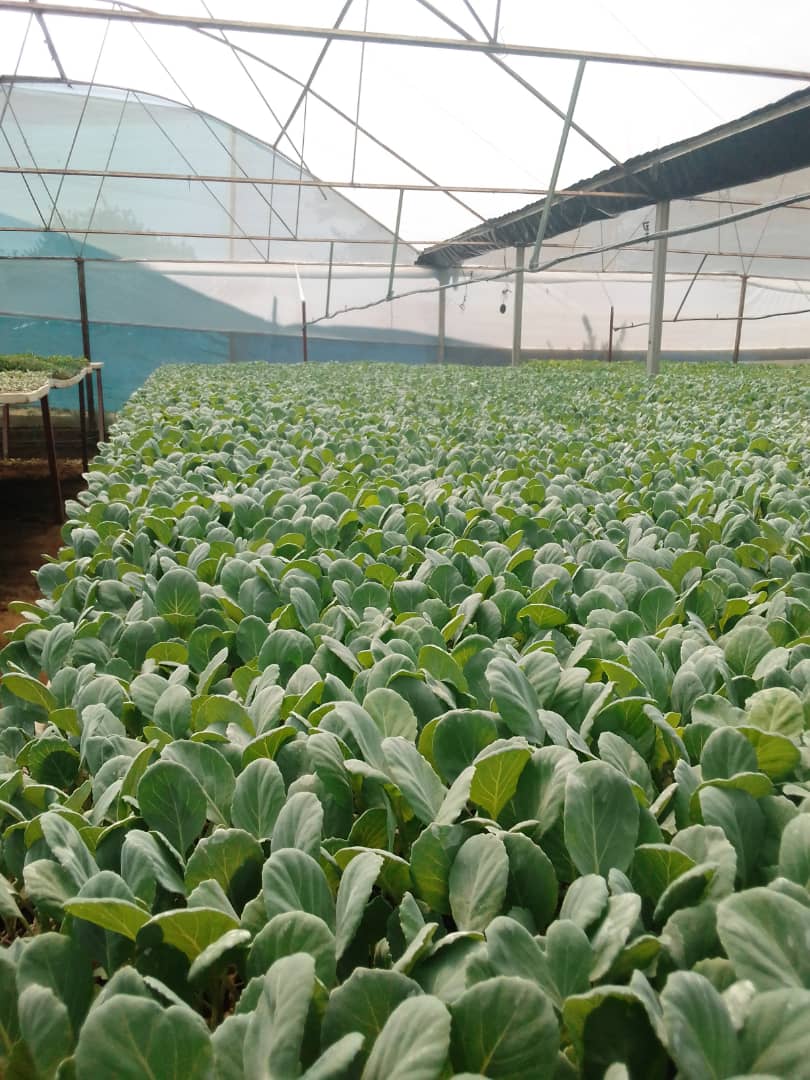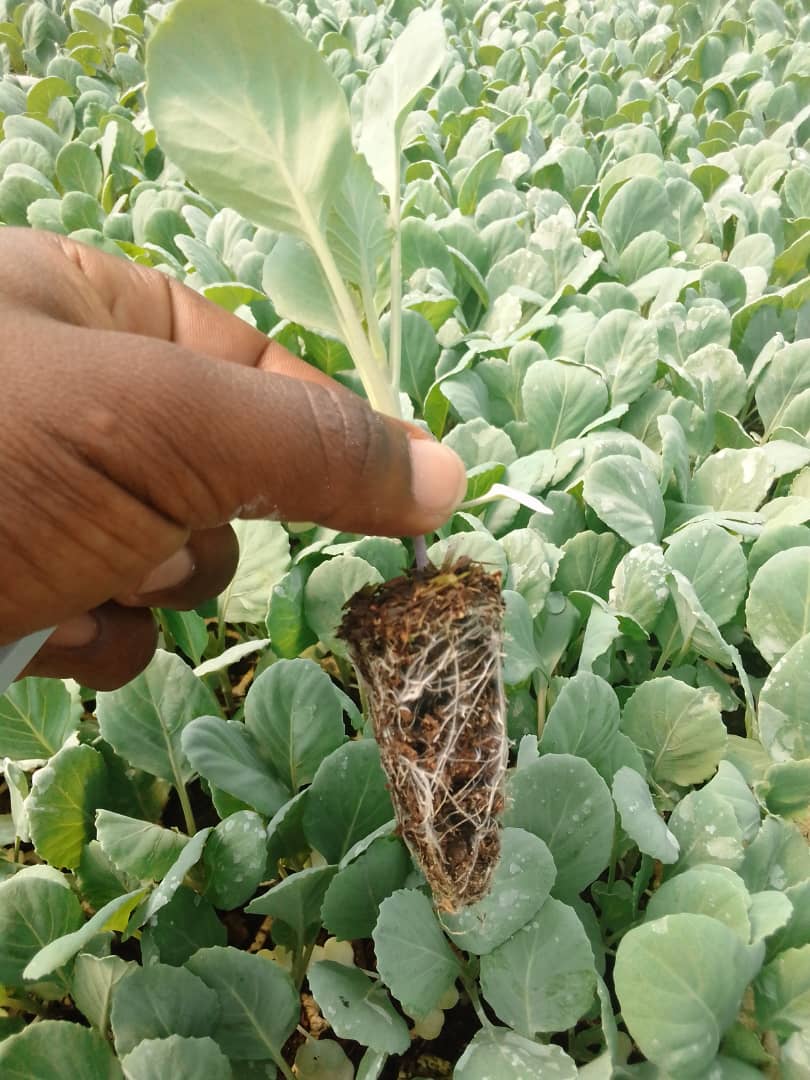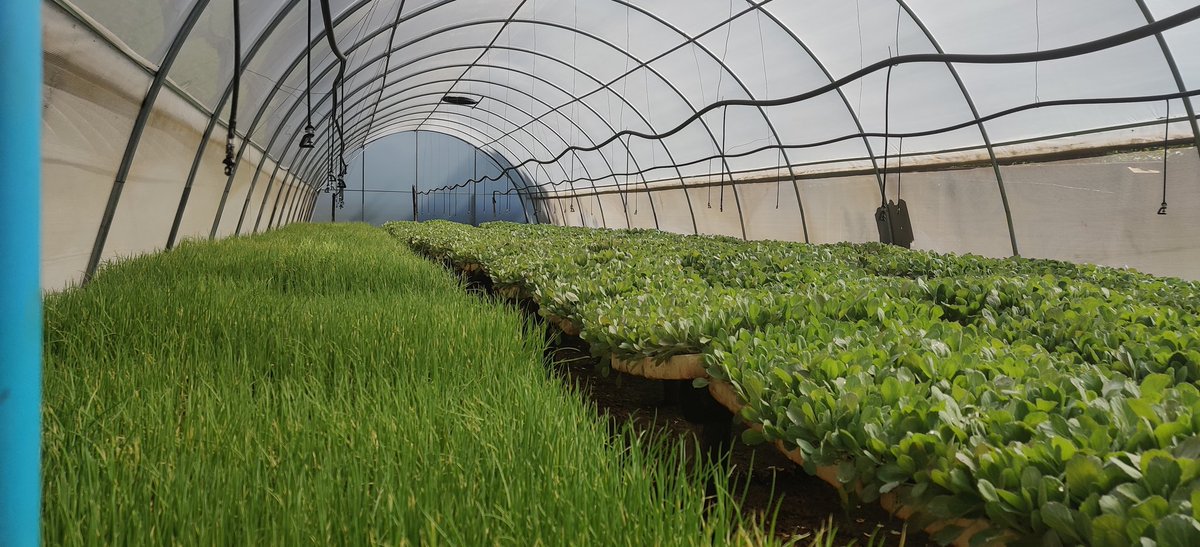1/11 Time to embrace Professional Nursery-Raisers?. When it comes to horticultural vegetable growing nursery management is the most critical component determining the degree of success of any vegetable farming venture. It doesn't matter whether one is doing it on a commercial
2/11 scale or for subsistence. In my observation, farmers, over a long period of time have established nurseries in the conventional way using either raised or sunken beds on soil. Even though this method seem cost effective at a glance , it has been hampered by myriad challenges
3/11 including but not limited to extreme bad weather such as hail, as well as prevalence of soil borne pests and diseases, in turn making it an unreliable and expensive way of propagating seedlings. We must also never forget that unlike in the past where farmers largely grew
4/11 vegetable crops for subsistence, they have now gone commercial. As a result demand for high quality premium seeds has gone up, giving rise to a new focus area for seed merchants and commercial farmers alike, embracing the concept of plant population per unit area for optimum
5/11 production. In response to this emerging trend most of our hybrids seeds are now being packaged on the basis of seed count as opposed to weight basis, every seed counts! Commercial growers have realized value for their money by growing premium quality hybrid seeds. Due to
6/11 increased probability for registering success, these farmers are no longer raising seedlings for themselves but instead take their seed to professional nursery-raisers, who then raise quality seedlings for a fee. But we might ask isn't it expensive to incur this extra cost
7/11 which can be otherwise avoided? A quick look across Africa shows the emerging trend of farmers steadily embracing the concept of professional nurseries. From a professional point of view this is the best way to farm as a business. I also encourage farmers to embrace the
8/11 critical concept of considering optimum production per unit area by ensuring ideal spacing for correct plant population. Through professional nurseries, farmers enjoy the benefit of sequential planting as the nursery time cut off. Advantages also include that seeds are
9/11 subjected to optimum germination conditions, resulting in improved germination ability, the enclosed environment protects the seedlings from extreme weather vagaries as well as pests and avoidance of transplanting shock that otherwise leads to stagnation or withering of
10/11 plants . Other benefits include uniform germination, which translates to uniform ripening. Additionally the mediums used by nurseries usually coco peat and peat moss are pest and disease free giving assurance to farmers that no pathogen can be transferred from the nursery
11/11 to the main field. To sum it up, farmers can plan better since they know the number of seedlings they anticipate getting from the nursery well in advance as opposed to raising seedlings in the soil which makes it difficult to establish the population. @corporatefarmg1

 Read on Twitter
Read on Twitter





